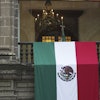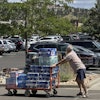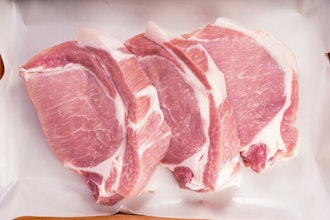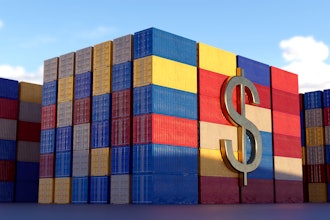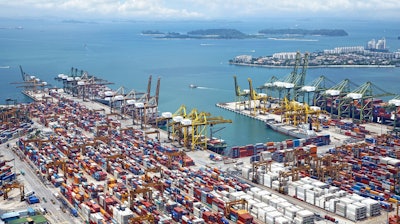
The past two decades have been a tumultuous time for logistics traceability, with global events such as bovine disease and the honey scandals gripping headlines. These issues highlighted the weaknesses of the supply chain to transparently record traceability records. In the aftermath of these scandals’ regulators, producers and consumers are all demanding better traceability options to help prevent them from happening again.
These scandals pushed the international community and organizations, such as the Food and Drug Administration and the European Union, to come together and agree to a set of standards that aim to improve the global traceability issue.
However, despite these standards, those across the industry should not become complacent, as consumers are constantly demanding improved traceability, particularly as they become more conscious and conscientious of where their food is sourced. At the same time, manufacturers are now beginning to understand that robust traceability systems are profit and cost reduction opportunities that can help them stay competitive.
The advent and adoption of Internet of things (IoT) devices is also playing a key part in improving traceability efforts, because it lowers the barrier of entry for basic tracking. On this front, the logistic industries current investment in robotic applications is also paving the way for improved traceability.
The time is now
There is currently a large consortium of different applications available to improve traceability — some are as simple as attaching radio frequency identification (RFID) chips to batches of product, while others concentrate on providing a controlled overview of entire production systems, such as a manufacturing operation management (MOM) system.
While rudimentary traceability applications like RFID chips can be effective, their simplicity is also their downfall, as it is easy for them to be tampered with by malicious actors. Basic traceability options can also struggle with more involved processes, such as tracing parts from a variety of different stakeholders that are combined and processed to produce a final product. This can be particularly problematic in continuous production systems, such as food and beverage.
MOM systems operate at a more involved level, making them ideal for complex production situations. Extracting data from control systems allows MOM systems to accurately track products and batches throughout the production facility. In this way, they can give products digital passports, which track product routes, how they have been transported and what they have come into contact with.
These functions can help improve the effectiveness and reduce the costs of product recalls. For example, ABB’s MOM system is able to track a product’s entire genealogy in production, meaning operation managers can, in the case of a recall, accurately determine exactly which batch of products have been affected. This enables businesses to achieve high levels of recall accuracy while also reducing the cost of such an action, as only contaminated product will be taken off the shelves.
Current technologies show that there is the expertise to have deep insight in a single system. As such, to raise the efficacy of traceability overall, technological development must concentrate on creating a system that can create an accurate picture of a whole supply chain, from start to finish.
A look to the future
To ensure a clear overarching view of an entire supply chain, new technologies will have to be adopted by industry. Market surveys show that logistics businesses are already looking to implement more automation, with the introduction of robotic driven processes and further control methods.
One of the most talked-about control methods that could be adopted is Distributed Ledger Technology (DLT) — the system at the basis of Blockchain. DLT has the potential to deliver transparent and secure peer-to-peer immutable and permanent records that will be attached to products, which means that producers, consumers and regulators can easily access a full report on any product.
For example, while food products are in transit, they are kept at reduced temperatures in what is called the cold chain. In the future, smart sensors that track the temperature in the cold chain will be able to store the information on a blockchain. This means that anyone along the supply chain will be able to trace the product back and see its exact condition at any point in time.
Developing a strategy
The strategies of the future will be a cohesive mix of both current technologies, those in development and those not even created yet. However, what is certain is that IoT control devices will allow for the tracking of accurate condition monitoring of the products throughout production.
The data collected will be collated and a digital passport will be generated for the product batch. As the passport is updated, the information will be added to the accompanying blockchain that will render it immutable.
The increasing robotization of logistic systems will also aid in accurately tracking products through supply chains, because the robots will be able to automatically log what and when they are moving items. Further enabling wholesale views up and down the supply chain in this fashion will increase transparency, trust and reliability in businesses.
 Milenovic
Milenovic
Tatjana Milenovic is group vice president of food and beverage at ABB.


